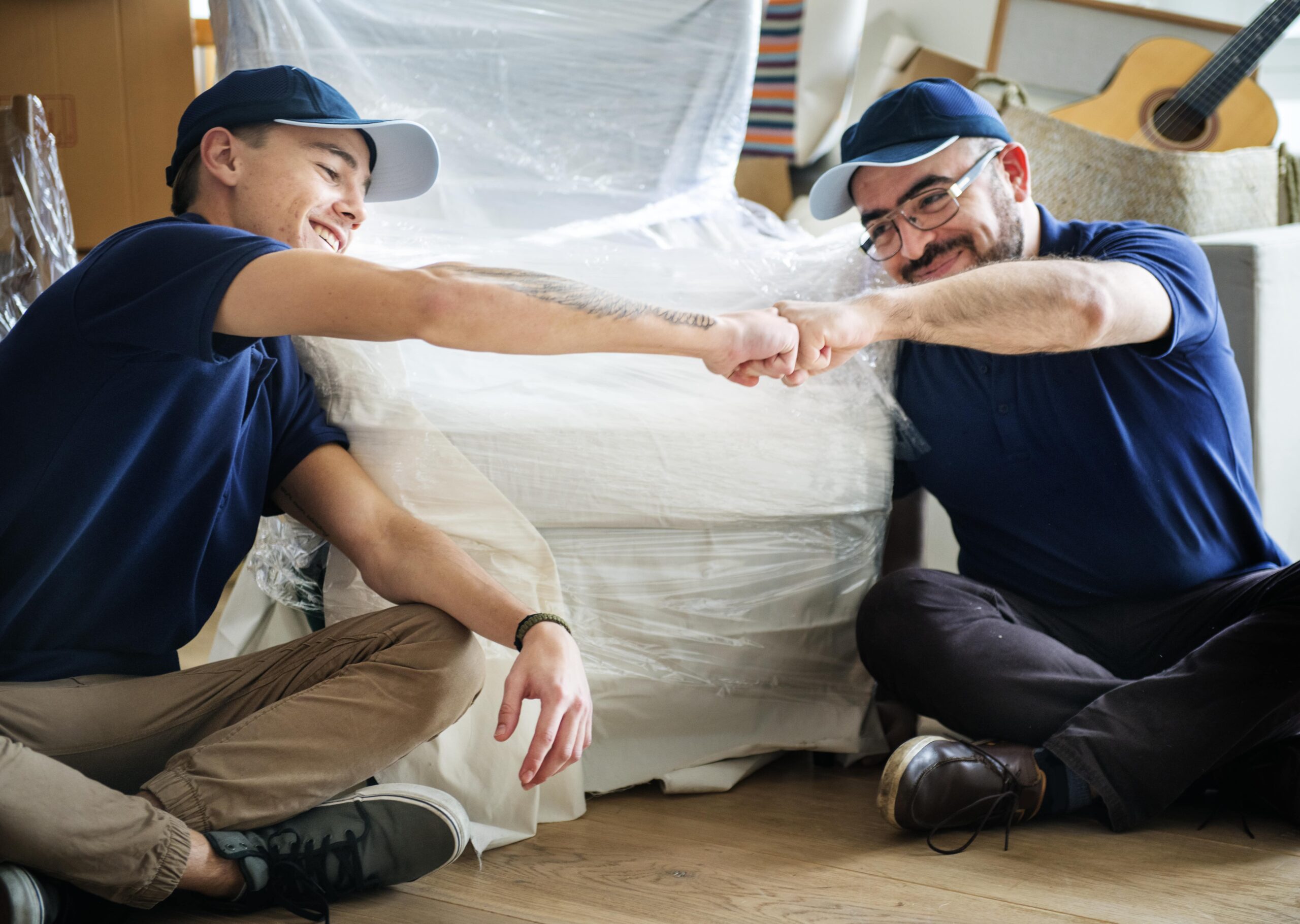
Moving furniture in a residential home can be a daunting task. You want to make sure that you don’t damage your belongings, and you also want to make the process as quick and easy as possible. Here is a guide on 10 ways how to move furniture without damaging your home:
1.Plan ahead.
Make sure you know exactly what needs to be moved and where it needs to go before you start. Here’s how you can best plan moving furniture in your residential home without damage :
a. Measure your furniture and the space where it will go to ensure a good fit.
Make sure you know the size of doorways and hallways that your furniture must pass through.
b. Remove any fragile items such as pictures, lamps and vases from tables or shelves before moving them.
c. Gather packing materials like boxes, bubble wrap and tape for packing items that need extra protection during transit.
This will help minimize the amount of time you spend moving furniture, and it will also help prevent accidents.
2. Use the right tools for the job.
Using dollies, sliders, straps and other equipment can help you move larger pieces of furniture with ease. Cushioning pads are great for protecting your furniture from dings and scratches when it is being moved across hardwood floors or carpeting. For a packing list and more tips on the tools you will need to pack furniture, check out our helpful moving packing guide.
3. Lift with your legs not your back.
When lifting heavy furniture, use proper lifting techniques to avoid back injuries and damage to the furniture. Bend at the knees and use your legs to lift the item. Avoid twisting your body and always keep the weight close to you as possible for better control. There are countless stories of people being hurt from not using proper lifting techniques.
4. Secure furniture with moving straps or blankets
Moving furniture without straps or blankets can cause it to slide and spin during transit, creating the potential for damage. Properly securing your items before a move will prevent sliding and minimize the risk of injury as well as damage to walls, floors and other pieces of furniture. There are several ways to secure furniture depending on its size and weight. Blankets provide more protection than straps, but they may be less effective when dealing with heavier items like pianos or large armoires.
5. Disassemble larger pieces of furniture if possible
If you have an item that is too big to fit through doorways or hallways, disassemble it when possible. This will make the moving process much easier and faster. Make sure to take photos or draw diagrams of the pieces as you go, so that you can re-assemble your furniture quickly and easily at its new location.
6. Be careful on stairs
Stairs can be tricky to maneuver when moving furniture due to their narrow width and the potential for damage on the steps themselves. Use 2 people if possible when navigating tight spaces like staircases, with one person leading the way while holding onto both ends of the item, and another behind guiding it up each step. Keep your movements slow and steady whenever dealing with steps or any tight spaces where a misstep could cause an accident.
7. Use moving blankets and pads
Moving blankets and pads provide an extra layer of protection for your furniture items when loading them into a truck or van for transit. Blankets are especially useful on larger items like couches and mattresses, whereas pads are better suited for smaller pieces like dressers, bookshelves and tables. Make sure to adequately secure the blankets in place to prevent any shifting during transit.
8. Secure drawers with tape
Drawers can be difficult to move without damage, as they tend to slide and shift around whenever you try to lift them up. To avoid this problem, use packing tape to close each drawer tightly shut so that it won’t open while it is being moved. This will provide extra protection and stability, minimizing the risk of breakage.
9. Place heavier items on the bottom
When loading a truck or van with furniture, make sure to place larger and heavier items on the bottom and lighter pieces on top. This will keep your items secure during transit, as well as prevent any shifting that could lead to damage. It is also important to note that certain pieces should not be placed directly on top of each other such as mattresses and box springs, which should always be loaded in opposite directions for added security.
Related: For commercial moving, check out our page here: commercial moving services.
10. Label boxes
Labeling all of the boxes you pack can help reduce stress when it comes time to unload everything at your new location. Making a list of what items are in each box can be especially helpful for larger furniture pieces like beds, dressers and entertainment centers. This will make it much easier to find specific items right away when you arrive at your new home.
Finally, remember that safety always comes first when moving furniture. Take all necessary precautions including wearing proper attire, using the right lifting techniques, securing items with blankets and straps, and labeling boxes whenever possible. With these tips you can ensure that your move goes smoothly with no accidents or damage to occur. Good luck!

